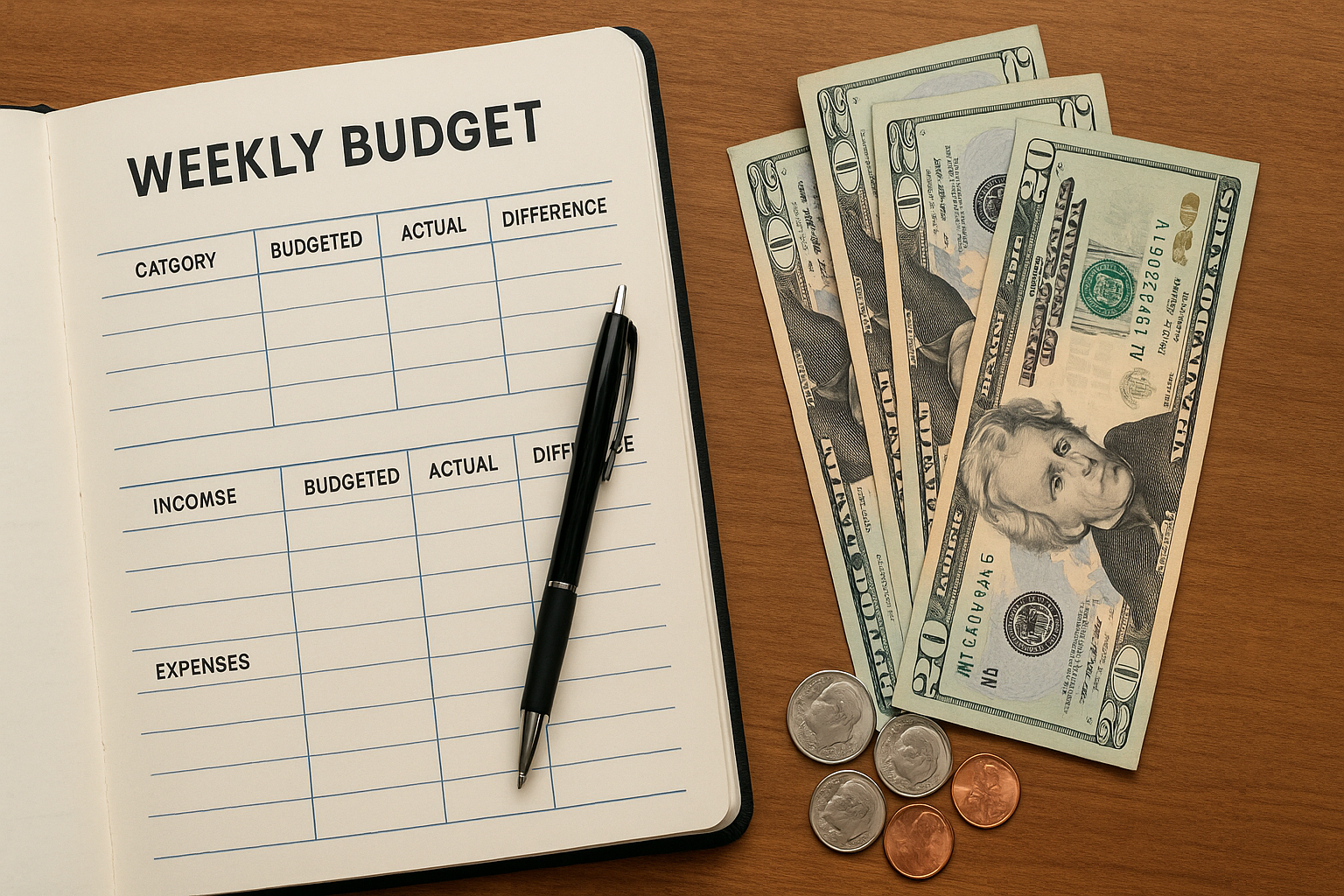Managing your finances on a limited income can feel overwhelming, especially when unexpected expenses pop up. But the good news? You don’t need a six-figure salary to take control of your money. With a few simple shifts in your habits, you can save more, stress less, and start building a solid financial future—no matter your current budget.
Here are 7 easy, practical ways to save money when you’re on a tight budget in the U.S.
1. Create a Bare-Bones Budget
Before anything else, get a clear picture of your income and expenses. A “bare-bones” budget focuses only on essentials like:
-
Rent or mortgage
-
Utilities
-
Groceries
-
Transportation
-
Minimum debt payments
Cut out non-essentials (like subscriptions, dining out, or impulse buys) until your finances stabilize. Use tools like Mint, You Need a Budget (YNAB), or even a simple Google Sheet.
2. Embrace Meal Planning & Home Cooking
Food is one of the easiest areas to overspend. Skip the takeout and instead:
-
Plan weekly meals based on sales and coupons
-
Shop at budget-friendly stores like Aldi or Trader Joe’s
-
Cook in bulk and freeze portions for busy days
Even preparing your own coffee instead of daily Starbucks runs can save over $1,000 a year.
3. Cut Subscriptions and Unused Services
Audit your recurring charges. You might be paying for:
-
Unused gym memberships
-
Multiple streaming platforms (do you really need Netflix, Hulu and HBO?)
-
Forgotten app subscriptions
Cancel or pause anything you don’t absolutely need. Tools like Truebill or Rocket Money can help spot and cancel sneaky subscriptions.
4. Use the 50/30/20 Rule
This simple budgeting method divides your income:
-
50% for Needs (rent, groceries, insurance)
-
30% for Wants (fun, travel, non-essentials)
-
20% for Savings & Debt Repayment
Even if you can’t follow it perfectly right now, aiming for this balance can help you prioritize.
5. Take Advantage of Community Resources
In the U.S., many community programs and nonprofits offer:
-
Free groceries (food banks like Feeding America)
-
Utility assistance (LIHEAP)
-
Free clothing and school supplies
-
Low-cost or free medical care (check local clinics and health departments)
Don’t be afraid to ask for help—it’s there for a reason.
6. Buy Secondhand
Skip the mall. Check:
-
Thrift stores (Goodwill, Salvation Army)
-
Facebook Marketplace and OfferUp
-
Buy Nothing groups in your area
You can find everything from furniture to kids’ clothes to electronics for a fraction of the retail price—or even free.
7. Automate Your Savings—Even If It’s Just $5
Set up an auto-transfer to a savings account—even if it’s just $5/week. Apps like Chime, Acorns, or Qapital can round up your purchases or save small amounts passively.
Little by little, those tiny savings grow—and can help cover emergencies without relying on credit cards.
Final Thoughts
Living on a tight budget doesn’t mean giving up your goals or peace of mind. With a few intentional steps, you can start to stretch every dollar and take control of your financial future.
Start small. Stay consistent. And remember: it’s not about how much you save—it’s about building habits that last.
Want more budget-friendly tips? Subscribe to Active With Us for weekly insights on how to live well—without breaking the bank.




